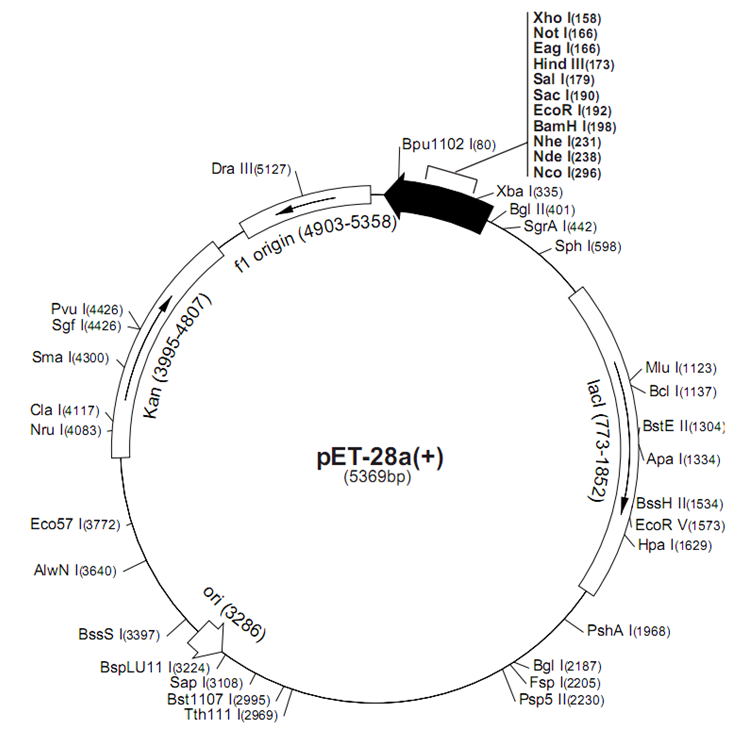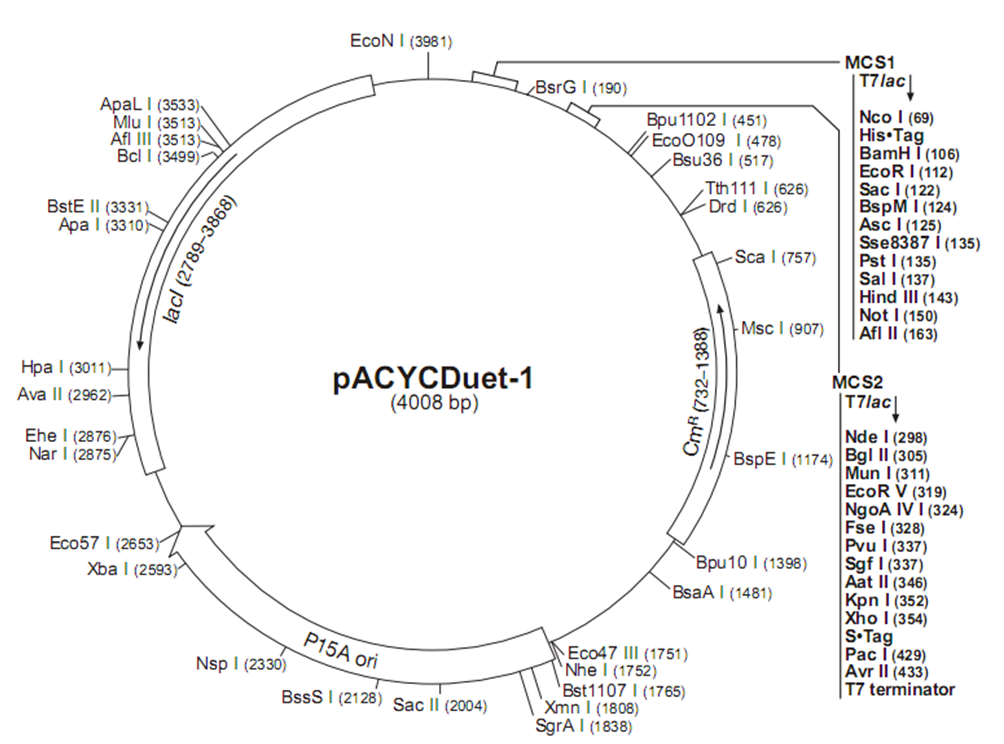Team:Tsinghua/Experiment
From 2009.igem.org
m |
|||
| Line 1: | Line 1: | ||
| - | |||
| - | |||
| - | |||
| - | |||
| - | |||
| - | |||
| - | |||
| - | |||
| - | |||
{| style="color:#1b2c8a;background-color:#0c6;" cellpadding="3" cellspacing="1" border="1" bordercolor="#fff" width="70%" align="center" | {| style="color:#1b2c8a;background-color:#0c6;" cellpadding="3" cellspacing="1" border="1" bordercolor="#fff" width="70%" align="center" | ||
!align="center"|[[Team:Tsinghua/Background|Background]] | !align="center"|[[Team:Tsinghua/Background|Background]] | ||
Revision as of 05:45, 3 October 2009
| Background | Brainstorming | Design | Experiment | Results | Notebook |
|---|
We compared and contrasted the structure of viron between adenovirus and bacteriophage lambda, and found the following facts: 1) the shapes of the viron of both adenovirus and bacteriophage lambda is a regular icosohedron, while the adenovirus protein (Fiber) that determines its specificity is positioned on the vertices of the icosohedral viron, which can specifically bind with a receptor called CAR; 2) CAR is widely distributed on the plasma membrane of various types of cells, which partially contributes to its poor specificity to the target cells as well as its potential cytotoxicity; 3) the proliferation of bacteriophage lambda is solely on the basis of its host E.coli, while the production of adenovirus gene therapy vector normally depends on eukaryotic cell lines which are more cost-inefficient and time-consuming; 4) the vertices of adenovirus viron are composed of pentamer of protein III attached to trimer of protein fiber, while the vertices of bacteriophage lambda viron are composed of protein C encoded by lambda phage genome.
Thus, if we can manage to synthesize a bacteriophage-lambda-based gene therapy vector in simulation to the adenovirus vector but modified at the vertices position of its viron, then the production of the synthetic gene therapy vector can be simplified and much easier to manipulate. In addition, considering the low immunogenicity of lambda phage proteins, the safety of the gene therapy can be improved compared with conventional adenovirus vector.
We subdivided our project into three interconnected modules as listed.
Contents |
Synthesis of the Therapeutic DNA
In this part, we aims at constructing a molecular cloning vector with a cos site which enables it to be packaged into the gene therapy vector- in other words, to construct a cosmid. In order to detect the expression of the therapeutic DNA, we construct this cosmid based on the scanfold of Parts-J61031 encoding a RFP-expressing segment.
This cosmid mainly consists of the following segments:
1) origin of replication: we insert O gene and P gene from bacteriophage lambda into J61031, which are resoonsible for the late phase replication and package of the wild type circular bacteriophage lambda genome
2) cos site: necessary for the specific package of the Therapeutic DNA into the gene therapy vector.
3) RFP-expressing segment: originally integrated into the plamid of J61031.
Synthesis of the Gene Therapy Production System
Bottom-Up Approach
In the bottom-up approach, we amplify the biobricks from both the bacteriophage lambda and the adenovirus genome and incorporate them with a given order into molecular cloning vector(s).
Specifically, we choose two molecular cloning vectors to encode two sections of the gene therapy vector genome, pET28a and pACYCDuet1.
 "
"



